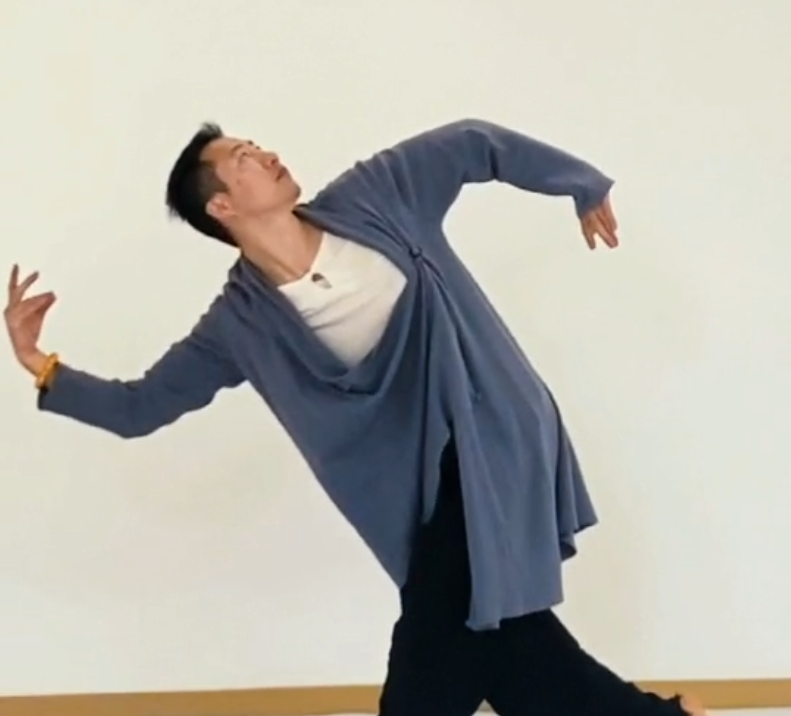Zen Dance is an art form that combines meditation and dance, aiming to express inner peace and awareness through body movements. It has its origins in Eastern Zen thought and emphasizes the importance of maintaining concentration and awareness in dance to achieve a state of unity between mind and body.
Characteristics of Zen Dance:
1. Concentration and Awareness: Dancers maintain awareness of their breath, body and heart in their movements, similar to the right mind in Zen practice.
2. Natural flow: movements do not pursue techniques or forms, but flow naturally with inner feelings, reflecting the Zen concept of “doing nothing.
3. Unity of mind and body: Dance harmonizes the mind and body, helping the dancer to relax, reduce stress and enhance inner peace.
4. No fixed form: Zen Dance has no fixed movements or routines, so dancers can freely play according to their feelings at the moment.
Role of Zen Dance:
1. Stress reduction and relaxation: release stress through dance to achieve physical and mental relaxation.
2. Enhancement of Awareness: Enhances awareness of self and the present moment, and improves concentration.
3. Spiritual Healing: Helps dancers express their emotions through movement and promotes inner balance.
4. Spiritual Growth: Explore the self through dance and approach inner peace and wisdom.
Difference between Zen Dance and ordinary dance:
Purpose: Zen Dance focuses on inner experience, while ordinary dance emphasizes more on outer performance.
Freedom of form: Zen dance has no fixed movements, while ordinary dance usually has specific choreography.
Inner state: Zen dance emphasizes awareness and concentration, while ordinary dance emphasizes technique and performance.
In short, Zen Dance is a way of practicing through dance to achieve physical and mental balance and inner peace.


